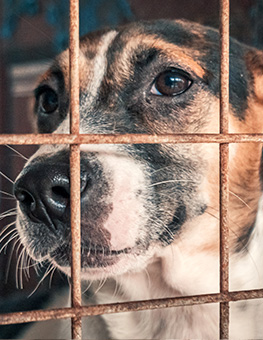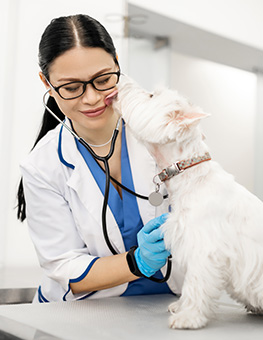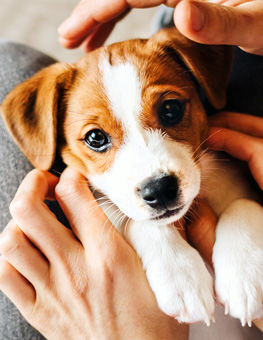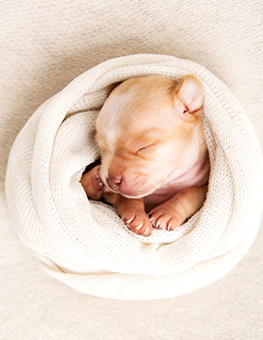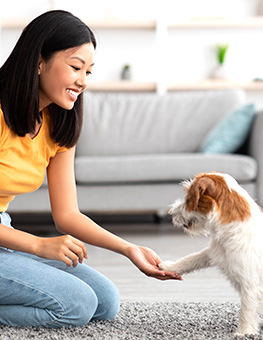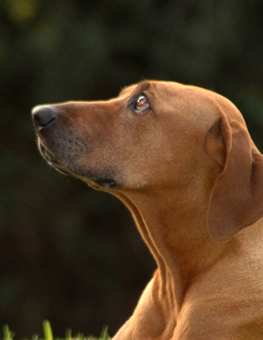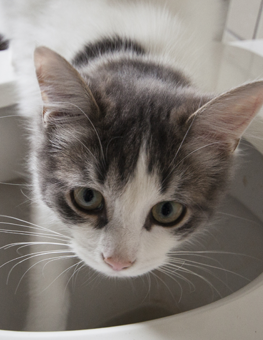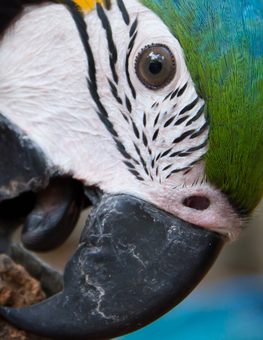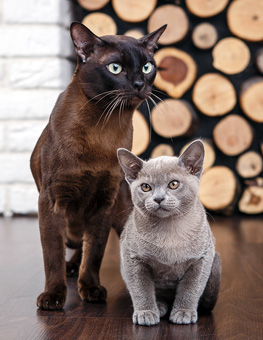Introducing Your Pet Dog to a New Family Member
While introducing a new family member to your dog might make you nervous, there are ways you can make the transition go much easier – for you and your pet.
Dogs are territorial creatures that want to protect the pack, so introducing a new family member can put them on high alert, which sometimes lead to bad behavior. If you have someone new coming into your home, like a newborn or a first-time visitor, here are some ways you can make the process go much more smoothly.
Preparing Ahead of Time
No matter who you’re bringing into your home for the first time, these basic tips can help you get prepared for a warm introduction well in advance.
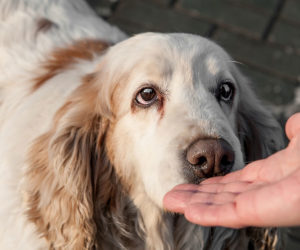

Dog training helps you assess your dog’s behavior around other people and animals.
- Gradually reducing how much time you spend with your pet can ease the transition of adding a new family member and reduce the shock of getting less attention.
- Dog training helps you assess your dog’s behavior around other people and animals, and lets you correct any issues before your new family member arrives.
- Familiarizing your dog with the sights, sounds, and smells of new people – especially young children– can help your pet become more comfortable with the transition.
Introducing Your Dog to Children
Most dogs love a child’s energy and enthusiasm. But it could lead to behavioral problems if left unchecked and unsupervised. Here’s how to make the transition go much more smoothly.
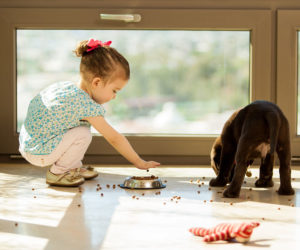

Teach children to respect a dog’s food, treats and toys.
- Create a safe barrier using crates, baby gates, and tethers. This allows your pet to feel involved in your family’s activities, while giving them the time and space they need to feel comfortable.
- Let your dog approach the child, with your supervision – experts suggest this is preferable to allowing children to approach a dog on their own.
- Introduce scents early - to get your pet ready for a newborn, apply baby powder or oil to your skin so your pet can familiarize itself with a newborn baby’s smell before they arrive.
- Introduce new sounds - In the case of toddlers and young children, walk your dog in parks or playgrounds to help them adjust to a variety of loud noises and activity levels.
- Teach children to respect a dog’s food, treats and toys - not only can these items carry germs, they can put a child at risk if your dog shows ownership aggression.
Introducing Your Dog to Adults
When introducing your new dog to adults and family members, these dog socialization training tips can aid in ensuring good behavior.
- No jumping allowed – Jumping on guests as they enter the door is a bad habit for many dogs, and could injure older adults who aren’t expecting it. For everyone’s safety, it’s best if you leave your pup in a separate room until they calm down, or let them greet visitors on-leash so you can control their behavior.
- Minimize barking – Excessive barking can be intimidating to adults. If your pet’s barking is a problem, the ASPCA offers a few techniques that can help. However, a certified dog behaviorist may be the only way to help stop it.
- Reward good behavior – Distracting your dog with treats can break their attention and help them calm down. One way to help adults interact with your pet, and support good behavior, is to let visitors reward your pet when they’re at their best.
Getting your dog to be more sociable makes them happier and healthier in the long run. If your pet doesn’t respond to these training tips, it may be time to contact a professional animal behaviorist. Your veterinarian should be able to recommend someone locally who would be a good fit for your pet.



